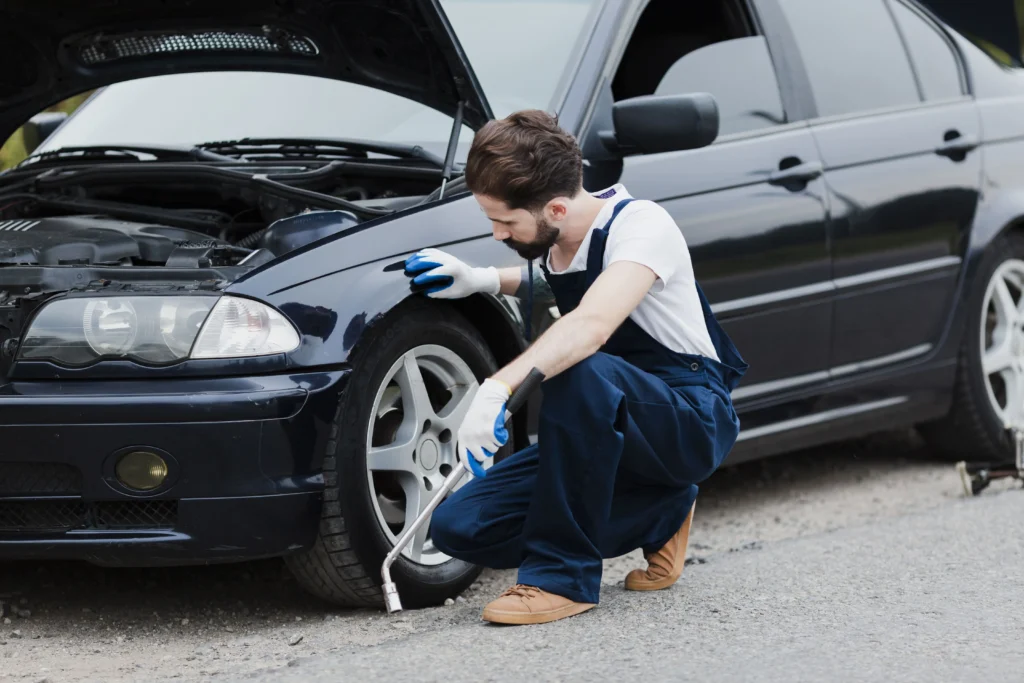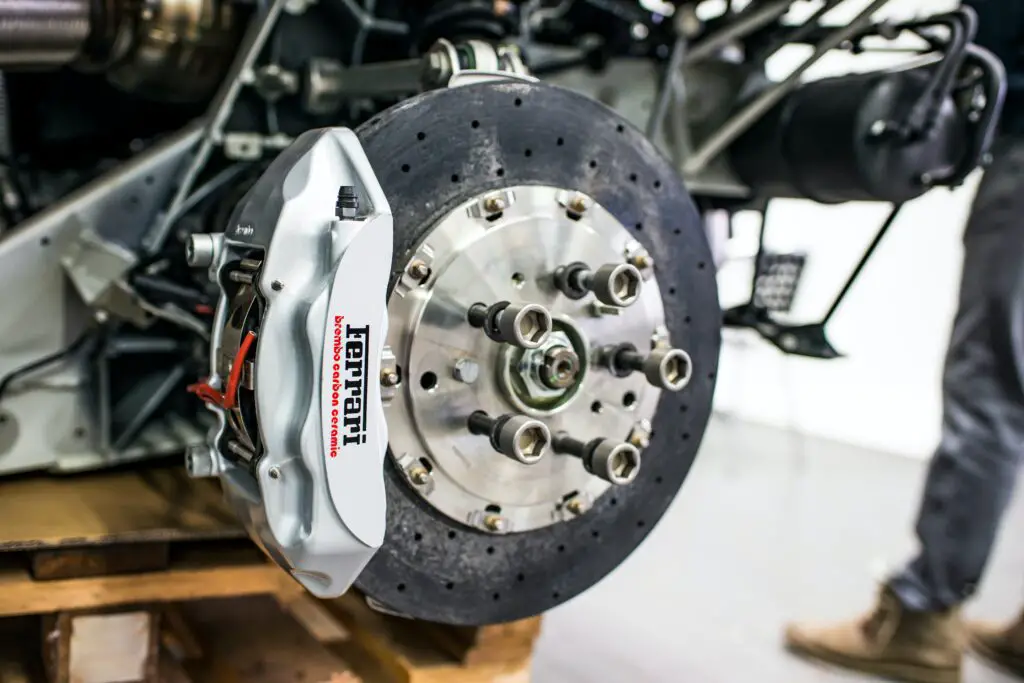When you’re about to start your automatic car’s journey, the last thing you want to encounter is a locked brake pedal. It’s frustrating, perplexing, and can leave you scratching your head. But don’t worry, we’ve got your back! In this comprehensive guide, we’ll unravel the mysteries behind this pesky problem and provide you with practical solutions to get you back on the road in no time.
Introduction
Imagine this scenario: You hop into your car, and press the push-start button, but instead of the familiar rumble of the engine, you’re greeted by an uncooperative brake pedal that refuses to budge. It’s a situation that can leave even the most seasoned drivers feeling helpless. But fear not, my friends, for we’re about to embark on an epic journey through the depths of automotive engineering to uncover the root causes and remedies for this vexing issue.
Causes of a Locked Brake Pedal on Push Start Vehicles
Like any good mystery, multiple suspects could be behind this automotive conundrum. Let’s round up the usual suspects and examine their motives, shall we?
- The Vacuum Leak Culprit In the world of brake systems, vacuum is king. A properly functioning vacuum assist system helps amplify the force you apply to the brake pedal, making it easier to stop your trusty steed. However, if there’s a leak in this vacuum system, it can cause the brake pedal to become as stiff as a board, making it nearly impossible to depress.
- The Faulty Brake Booster: The Muscle Behind the Pedal The brake booster is like the personal trainer for your brake pedal, providing the extra oomph needed to stop your car effectively. If this component malfunctions or fails, it can leave your pedal feeling like you’re trying to push through concrete.
- The Caliper Conundrum: When Brakes Seize Up Brake calipers are the clamps that grip onto your car’s rotors, providing the stopping power you need. But when these calipers seize up or become stuck, they can cause the brake pedal to lock up, leaving you stranded and unable to start your vehicle.
- The Pesky Parking Brake: A Forgotten Foe Ah, the oft-forgotten parking brake. While it’s designed to keep your car stationary, forgetting to disengage it can cause the brake pedal to become unresponsive, leaving you stuck in neutral (pun intended).
- The Electrical Enigma: When Circuits Fail In modern push-start vehicles, the brake pedal is often part of an electrical circuit that triggers the ignition system. If there’s a problem with this circuit, such as a faulty brake pedal switch or wiring issue, it can prevent the car from starting and cause the brake pedal to lock up.

Solving the Mystery: Unlocking the Brake Pedal
Now that we’ve identified the potential culprits, it’s time to don our detective hats and explore the solutions to this automotive mystery.
- The Vacuum Leak Fix If a vacuum leak is the root cause of your woes, you’ll need to find and seal the leak. This may involve replacing a vacuum hose, tightening connections, or even replacing the vacuum booster itself. Don’t worry; it’s not as daunting as it sounds, and with a little elbow grease (and perhaps a trusty mechanic), you’ll have that vacuum system back in top shape.
- Brake Booster Replacement If the brake booster is the culprit, it’s time for a replacement. While this repair may require a bit more effort and expertise, it’s essential for restoring the proper function of your brake system and ensuring your safety on the road.
- Caliper Resuscitation In the case of seized calipers, you may need to remove, disassemble, and lubricate (or replace) the offending components. This can be a bit of a technical process, but with the right tools and guidance, you’ll have those calipers sliding smoothly in no time.
- Parking Brake Disengagement If you’ve forgotten to release the parking brake, well, there’s an easy fix for that. Simply disengage it, and voila! Your brake pedal should be free to move once again.
- Electrical Troubleshooting When it comes to electrical issues, a little detective work may be required. You’ll need to check the brake pedal switch, wiring harnesses, and related components for any signs of damage or malfunction. In some cases, a simple switch replacement or wiring repair may be all it takes to get your car back in the game.
Preventative Measures and Maintenance Tips
Prevention, as they say, is better than cure. To avoid future brake pedal lockups, it’s essential to stay on top of your vehicle’s maintenance. Regular brake system inspections, fluid flushes, and component replacements can help catch potential issues before they become major problems.
Additionally, be mindful of your driving habits. Avoiding excessive braking and taking proper care of your vehicle can go a long way in prolonging the life of your brake system components.
Frequently Asked Questions
Q: How do I unlock the brake on a push-to-start vehicle?
A: The first step is to identify the root cause of the locked brake pedal. Common solutions include addressing vacuum leaks, replacing faulty brake boosters or calipers, disengaging the parking brake, or troubleshooting electrical issues. If you’re unsure, it’s best to consult a professional mechanic.
Q: Why is my brake pedal hard to push, and my car won’t start?
A: A hard brake pedal that prevents your car from starting can be caused by various issues, such as a vacuum leak, faulty brake booster, seized calipers, or an electrical problem. Addressing the underlying cause is crucial to restoring proper brake pedal function and enabling your car to start.
Q: How do you release a locked brake pedal?
A: The release method depends on the cause of the locked pedal. For vacuum leaks or faulty boosters, you may need to replace components. Seized calipers may require disassembly and lubrication or replacement. Electrical issues may involve switch or wiring repairs. In some cases, simply disengaging the parking brake can release the locked pedal.
Q: What causes the brake pedal to lock up?
A: Several factors can lead to a locked brake pedal, including vacuum leaks, faulty brake boosters, seized calipers, engaged parking brakes, and electrical malfunctions within the brake pedal circuit. Identifying the specific cause is key to resolving the issue effectively.
Conclusion
Dealing with a locked brake pedal on a push-start vehicle can be a frustrating experience, but armed with the knowledge and solutions we’ve provided, you’re now better equipped to tackle this automotive mystery. Remember, prevention is key, so stay on top of your vehicle’s maintenance, and don’t hesitate to seek professional help if needed. With a little determination and the right approach, you’ll have that brake pedal unlocked and your car back on the road in no time. Happy motoring, my friends!

